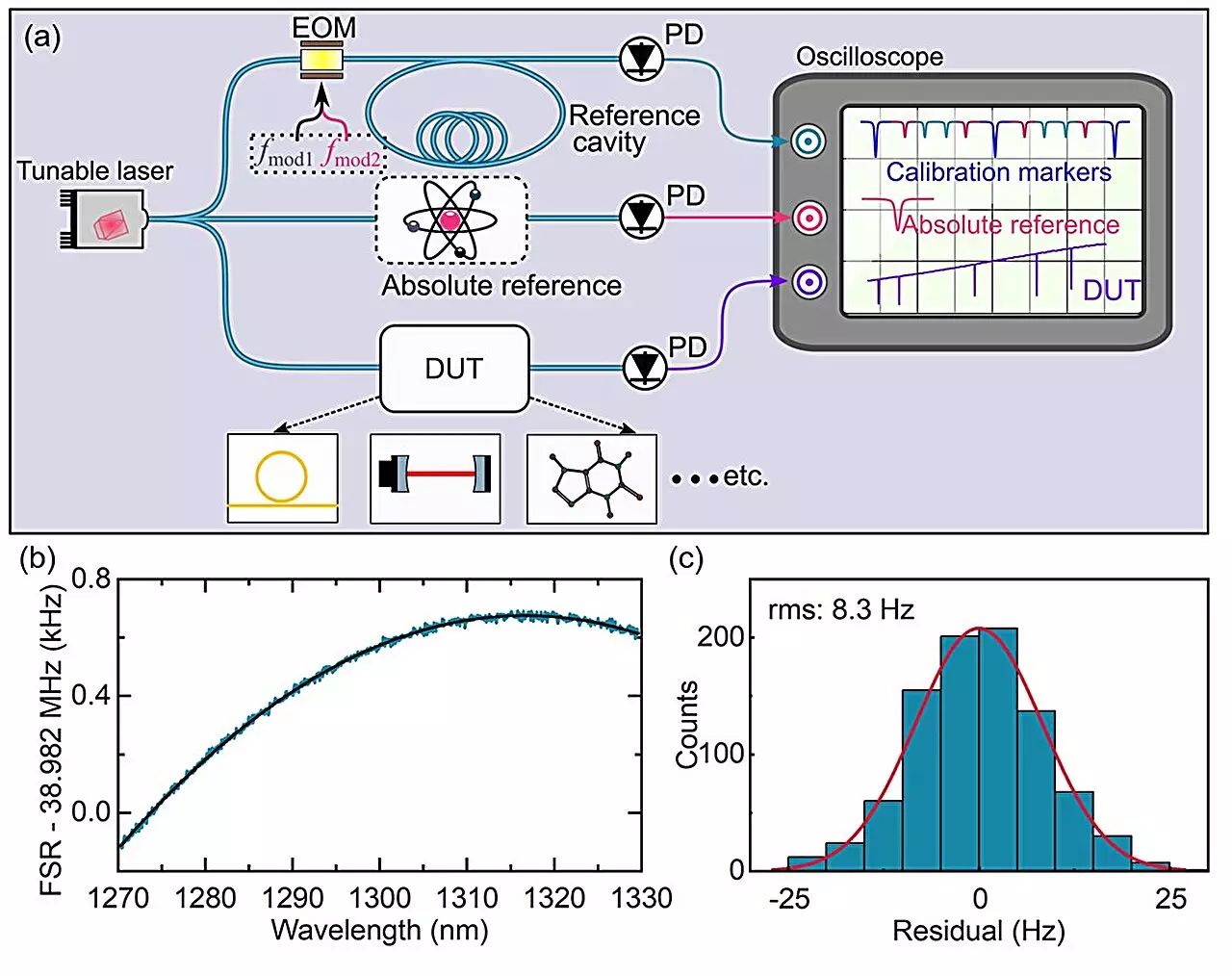Laser spectroscopy has witnessed dramatic advancements since its inception in the 1960s, evolving into an indispensable method for exploring the fundamental characteristics of atoms and molecules. With the rapid progression of laser technology, researchers today are uncovering new horizons in precision measurement and spectroscopy. This article delves into the key developments in laser spectroscopy, examining its types, applications, and the innovations that have emerged recently.
At the forefront of laser spectroscopy are two primary methodologies: frequency comb-based laser spectroscopy and tunable continuous-wave (CW) laser spectroscopy. Frequency comb spectroscopy has revolutionized the accuracy of frequency measurements, allowing researchers to achieve precision levels that were previously unimaginable—up to 18 digits. This astonishing accuracy earned recognition with the Nobel Prize in Physics in 2005, underscoring its critical role in fields such as optical clock development, gravity sensing, and explorations into dark matter.
The uniqueness of frequency combs lies in their ability to facilitate high-resolution, broadband spectroscopy, merging extensive bandwidth with exceptional spectral resolution. However, every technological marvel has its downsides. The low power associated with each comb mode complicates the detection of trace gases. Additionally, the inherent gaps between these modes necessitate complementary strategies to observe narrowly defined spectral features. Furthermore, maintaining long-term coherence in frequency combs demands advanced and elaborate stabilization systems, presenting a hurdle that researchers must navigate.
In contrast, tunable CW lasers are celebrated for their high photon flux, extensive interaction distances, and remarkable frequency agility. These characteristics make them exceptionally effective in applications necessitating sensitive molecular spectroscopy, robust gas sensing, and LIDAR implementations that seek high signal-to-noise ratios (SNR). However, fluctuations during the scanning increments of the laser frequency pose challenges. Over the years, various methodologies have arisen, including interferometric techniques, single-sideband modulation, and the incorporation of optical frequency combs, all aimed at mitigating these fluctuations.
A notable development in spectroscopy has emerged with frequency-comb-calibrated tunable laser spectroscopy. This hybrid approach marries the precision attendant to frequency combs with the tunability and power advantages offered by CW lasers. Nonetheless, this integration presents its own complexities; establishing a reference frequency comb that guarantees a flat optical spectrum and stable polarization over a wide range is no trivial task.
Recent innovations from the Max Planck Institute for the Science of Light are redefining the landscape of laser spectroscopy. Researchers have introduced a novel broadband spectroscopy technique capable of Hz-level precision, utilizing a tunable laser. As detailed in their findings published in Advanced Photonics, this innovative approach employs on-the-fly calibration methods via fiber cavities combined with dual radio frequency (RF) modulation. This technique allows for real-time tracking of the laser’s wavelength, providing calibration markers that function as precise optical frequency rulers. Such advances enable a more accurate assessment of the optical frequency distances between spectral features.
The implications of this technique are profound. Researchers successfully measured tiny deviations in the free spectral range of a fiber loop cavity across an impressive 11-THz frequency range, achieving precision improvements by an order of magnitude compared to existing techniques. The speed of these measurements reached a staggering 1 THz/s, a limitation primarily dictated by the reference cavity’s linewidth.
Compared with traditional frequency comb-based spectroscopy, the novel method showcases not only higher optical probe power but also enhanced spectral flatness and polarization stability. Its applicability extends beyond theoretical constructs: this technique is instrumental in characterizing the spectral features of integrated photonic devices, such as microresonators, and capturing the molecular absorption spectrum of hydrogen fluoride (HF) gas, boasting precision improvements by two orders of magnitude against prevailing methods.
One of the standout features of this groundbreaking approach is its simplicity and robustness, which obviates the need for complex phase locking or mode locking systems. This adaptability renders it highly suitable for diverse applications, including LIDAR systems, three-dimensional imaging, open-path trace gas sensing, and calibration of astrophysical spectrometers, even in challenging environments.
The field of laser spectroscopy stands on the cusp of significant evolution, driven by innovative methodologies and cutting-edge research. As scientists continue to push the boundaries of precision and applicability, the future promises not only enhanced measurement capabilities but also a deeper understanding of the atomic and molecular world. This pioneering work not only reinforces the importance of laser spectroscopy in contemporary research but sets the stage for future breakthroughs that may redefine our approach to studying intricate physical phenomena.

